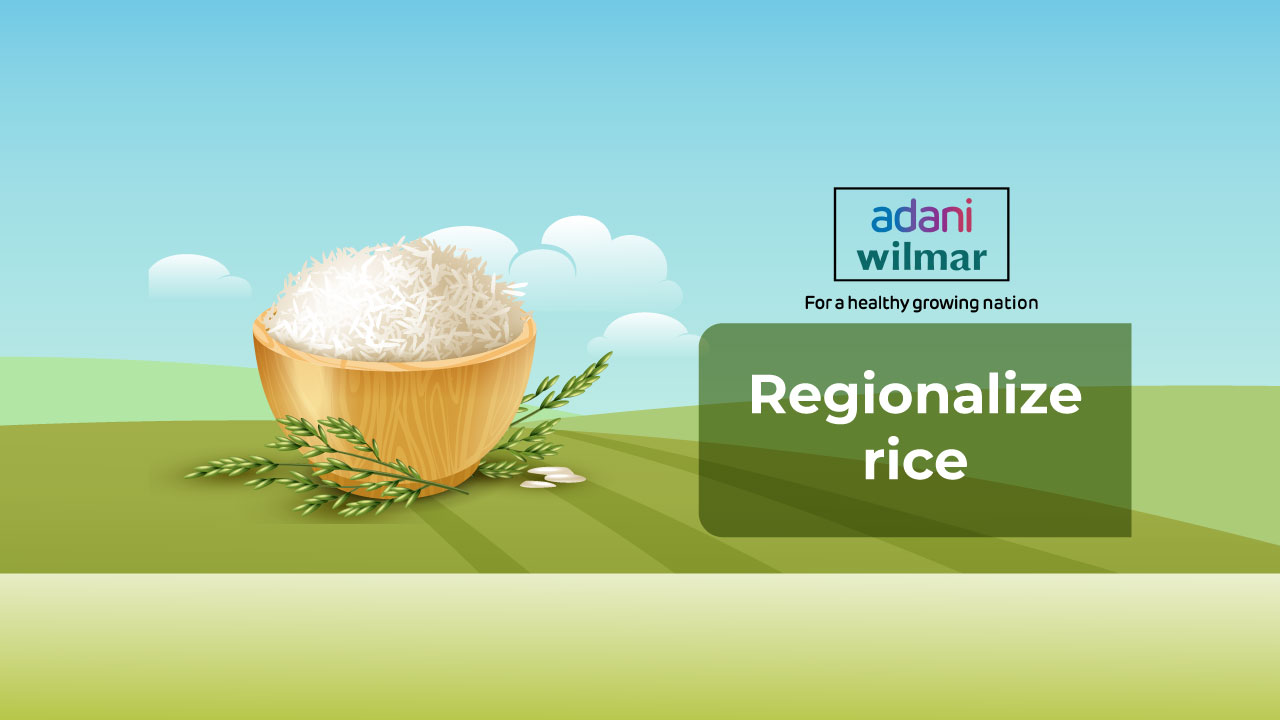
Adani Wilmar to focus on regional rice brands
It is said that the best way to get close to the customer is to given them what they actually want. In a country like India, this is a huge challenge due to the regional and ethnic diversity. Food is extremely regional and the tastes change from district to district, forget about states.
In this kind of heterogenous scenario, how do you customize products and services that suit regional tastes. Adani Wilmar is trying that with respect to staple rice.
Towards this end, Adani Wilmar is scouting for acquisition of regional rice brands and regional processing units in various states. In India, the demand for rice itself differs from one region to another.
For example, people in Bengal prefer Minikhet rice while people in Uttar Pradesh prefer the Sona Masuri rice.
On the other hand, the people in South India prefer the Kolam rice. For Adani to make a dent in rice selling, they need to narrow-cast.
Adani Wilmar has made a start in West Bengal with the launch of reginal Minikhet rice, which is extremely popular in Bengal. Towards this end, it has already acquired a sick rice processing unit in West Bengal with a milling capacity of 30-35 million TPA.
Apart from tapping the regional rice market in West Bengal, Adani Wilmar is also looking at similar acquisitions in other parts like in Uttar Pradesh and even in South India for regional colour.
To begin with, Adani feels that inorganic acquisitions would be a much better choice. It has set aside Rs.500 crore for this purpose and is willing to scale higher. The buying out of rice mills allows quicker rollout and rapid growth.
On the other hand, the greenfield rice mill projects take at least two years to begin operations. Even in the other key rice consuming regions, Adani Wilmar prefers to adopt the inorganic route of acquiring such units.

Rice is not a new venture for Adani Wilmar. They are also quite large in the sale of Basmati Rice, but then Basmati accounts for less than 10% of India’s rice consumption.
The remaining 90% is extremely dispersed and heterogenous in nature and the only way to tap the market is to regionalize the offering.
This move will allow Adani Wilmar to actually tap the massive staple rice market in India with a brand catering to regional tastes.
The rollout plan does look grand. Adani Wilmar plans at least 1 unit each in all the states followed by a scale-up. The paddy would be procured from farmers, mandis and brokers. Currently, Adani Wilmar has 22 own factories in total plus sourcing arrangement with another 28 plants across the country.
Adani Wilmar is targeting 30% growth in rice staples and they expect the rice staples to grow at around the five times the growth of edible oil.
Adani Wilmar has been constantly on the lookout for inorganic targets to expand its food basket. For the Dec-21 quarter, Adani Wilmar had reported 66% growth in its Q3 net profits at Rs.211 crore.
Revenue from operations had risen 40% to Rs.14,379 crore on a YoY basis in the Dec-21 quarter. The game plan for now appears to be clear. Target the mass staple rice market by regionalizing the options and offering quality under an umbrella brand.
 Tanushree Jaiswal
Tanushree Jaiswal



